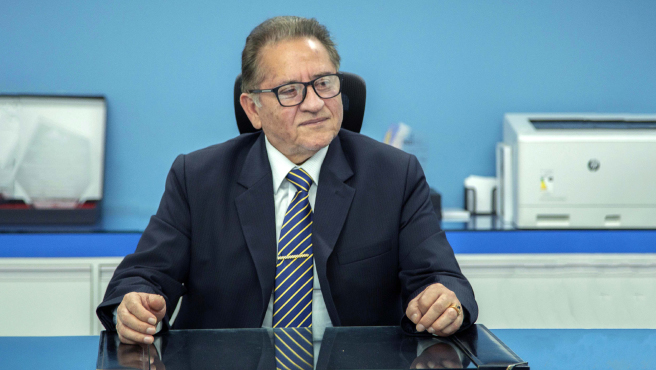INEI: Census officers will be selected in their own areas to optimize the field work and the data collection
Nota de prensa
23 de May de 2025 - 11:30 a. m.
The chief of the National Institute of Statistics and Informatics (INEI), Gaspar Morán Flores, announced that the census officers that will participate in the 2025 National Censuses will be selected within their own localities. This measure aims to facilitate the field work, taking advantage of their knowledge of the territory. In addition, he also stated that they will not offer a voluntary work, but they will be hired and will receive a remuneration for services rendered.
Morán also stated that the applicants should have post-secondary and technical education. After the public process of selection, will receive training and will be evaluated. In addition, police records shall be reviewed to guarantee the security of the population. In this sense, the INEI will offer specific information about how to proceed in risk situations during the registration process.
Census form will include the same questions of 2017
The chief of the INEI clarified that the census form will keep the questions applied in the 2017 National Census. He also denied any intent of manipulation of the question about ethnic self-identification, by to stress that the content of questionnaire had been prepared by the Multi-sectoral Commission of the National Censuses, chaired by the INEI and included representatives of different vice-ministers.
Regional and municipal governments support the census
As part of the preparatory activities for the 2025 National Censuses, the INEI has been signed to date support and cooperation agreements with 1,431 district municipalities, 141 provincial and 20 regional governments. This joint work will guarantee the total coverage of during the registration processes and will contribute to the dissemination of this important statistical operation.
The chief of the INEI invited the companies and public and private institutions to join in the dissemination campaign of the censuses. “The aim is to achieve the total participation of the population so that no Peruvian or foreigner residing in the country remain without being registered”, stressed.
Monetary poverty in Peru decreased after three years
Monetary poverty in Peru decreased after three years
Regarding the recent figures of monetary poverty published by the INEI, Morán Flores explained that the rate reduced from 29.0% to 27.6%, influenced by the economic growth, the public and private investment and the behavior of the consumer prices.